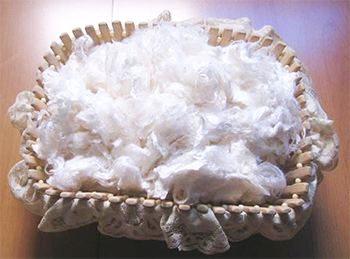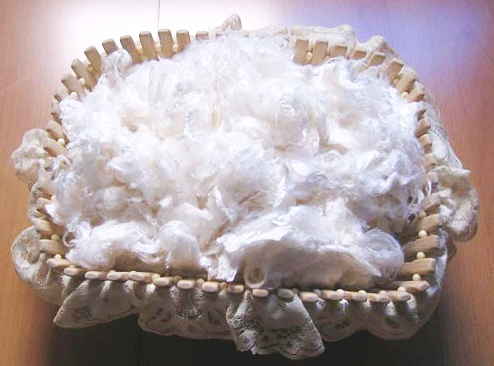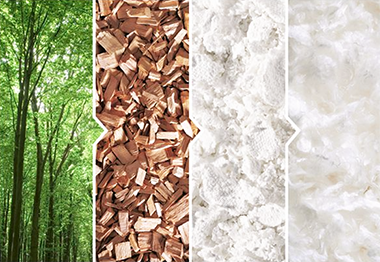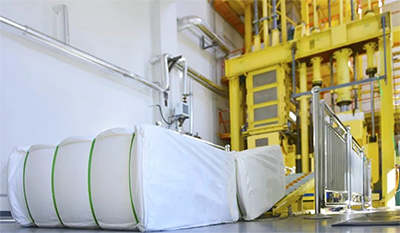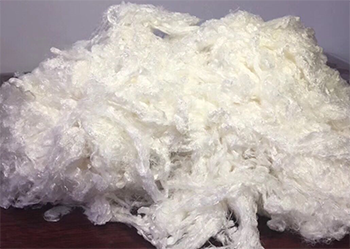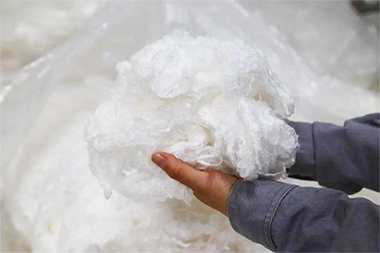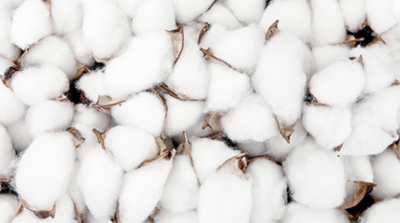Viscose Staple Fiber
Viscose fiber, which is based on natural fiber (wood fiber, cotton short velvet) as raw materials, through alkalization, aging, sulfonation and other processes to make soluble cellulose xanthan ester, then dissolved in dilute lye to make viscose, made by wet spinning.
In 1891, Cross, Bevan and Biddle, etc., first made cellulose sodium sulfonate solution from cotton as raw materials, and because of the viscosity of this solution, it was named "viscose". After the adhesive meets the acid, the cellulose can be precipitated again.
In 1905, Muller et al invented a coagulation bath composed of dilute sulfuric acid and sulfate, which realized the industrial production of viscose fibers.
To summarize: viscose fiber is the natural fiber after chemical treatment (of course, the original fiber shape has been completely destroyed here) made into spinning liquid, and then re-spun through the spinneret hole made of fiber.
Therefore, viscose fiber is a general term for a large class of fibers.
Ordinary viscose fiber, high wet modulus viscose fiber and high strength viscose fiber can be obtained by using different raw materials and spinning process. Ordinary viscose fiber has general physical and mechanical properties and chemical properties, and is divided into cotton type, wool type and filament type, commonly known as artificial cotton, artificial wool and rayon.
Therefore, Lyocell fiber and Modal are in line with the recycled fibers extracted from natural fibers through chemical treatment and made again, which are a kind of viscose fibers.
Related News
Submitted successfully
We will contact you as soon as possible
